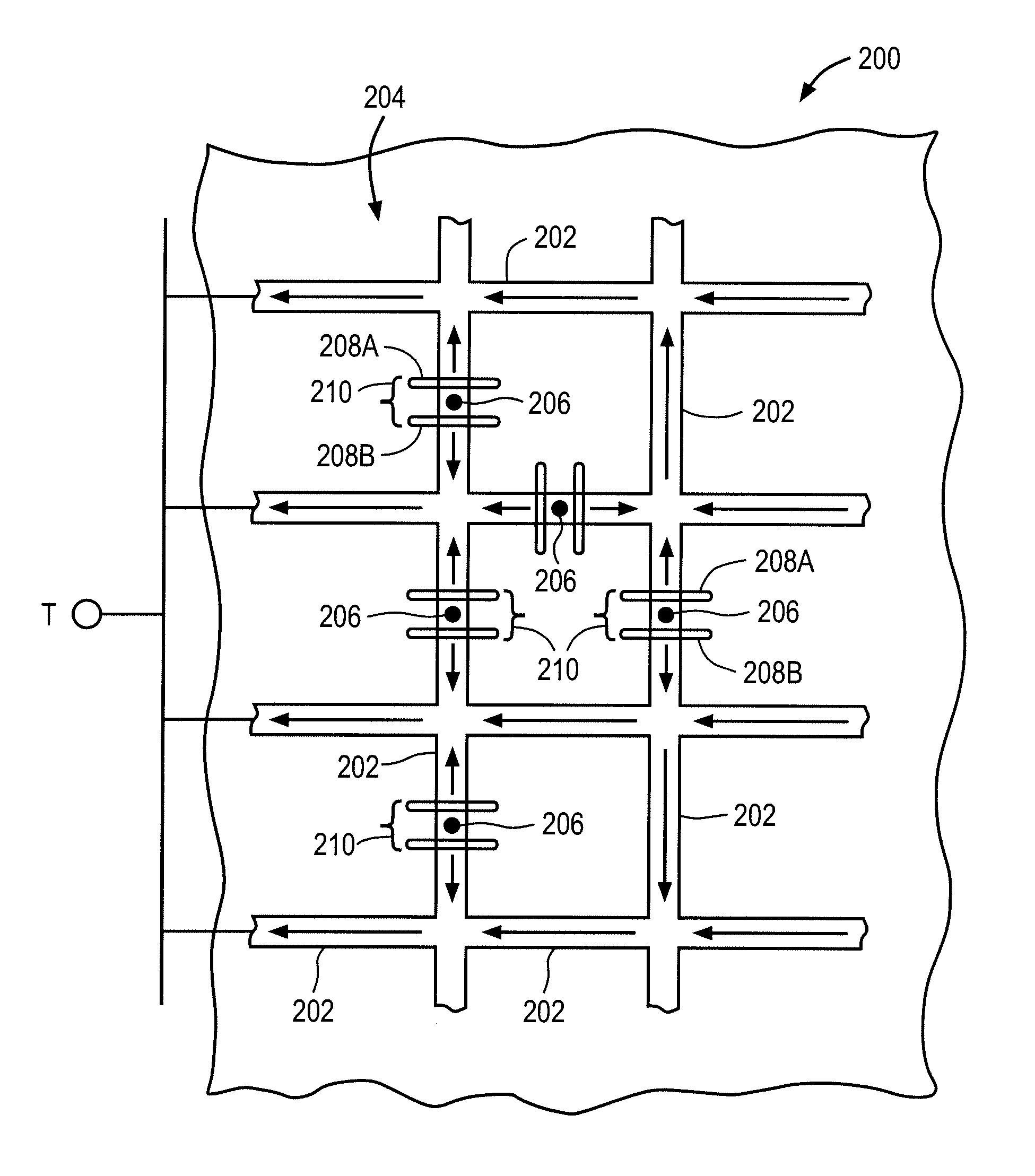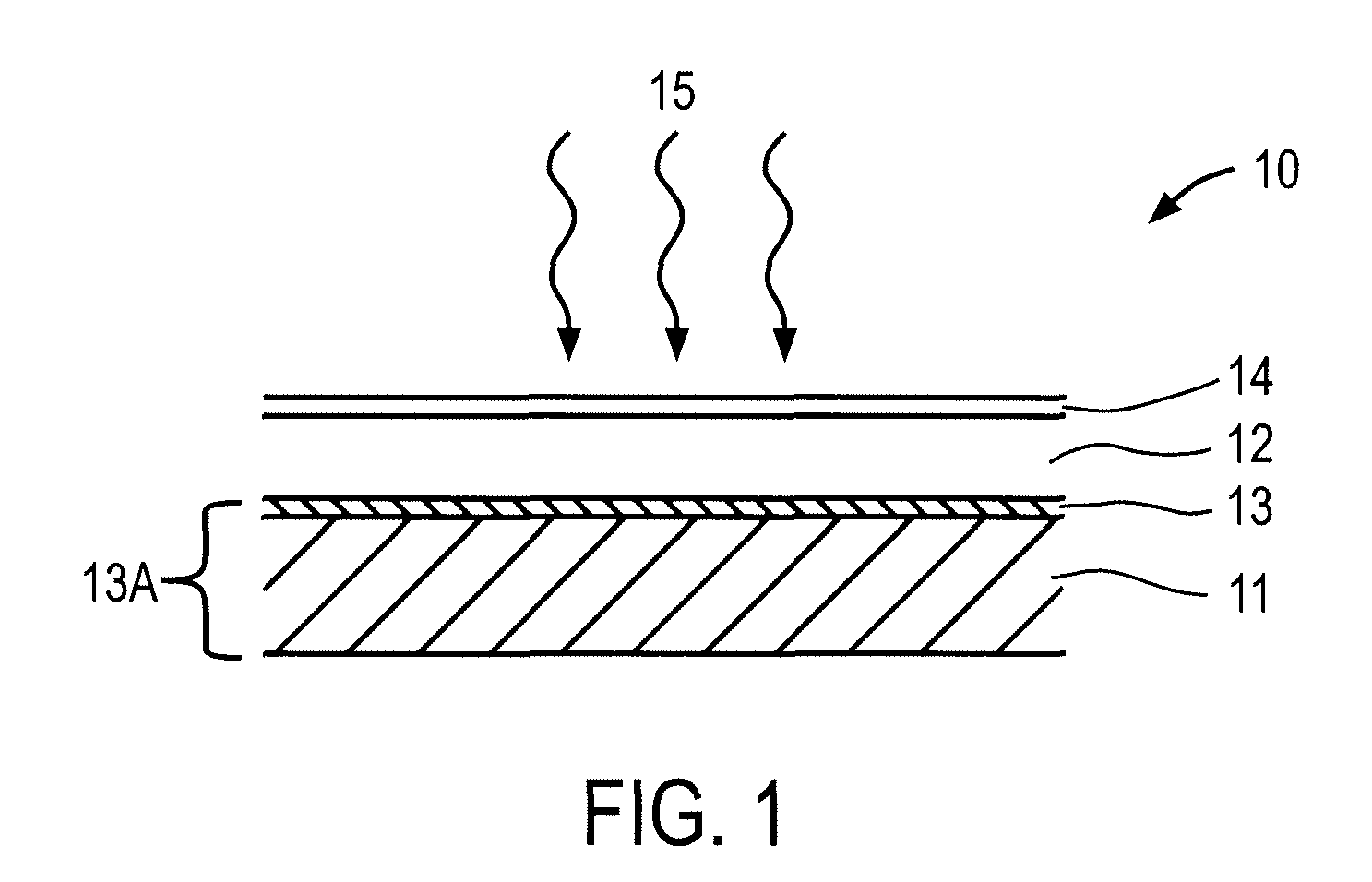Method of detecting and passivating a defect in a solar cell
a solar cell and defect technology, applied in the field of solar cell defect detection and passivating, can solve the problems of high defectivity of devices, high cost of electricity generated by silicon-based solar cells, and inadvertent introduction of defects into the device structure, so as to reduce the defect rate and improve the efficiency of the thin film solar cell. , the effect of detecting efficiency
- Summary
- Abstract
- Description
- Claims
- Application Information
AI Technical Summary
Benefits of technology
Problems solved by technology
Method used
Image
Examples
Embodiment Construction
[0032]The embodiments of the present inventions provide defect detection processes, apparatus to detect defects in solar cell structures and methods and apparatus to passivate that defect. In some embodiments, instead of passivating or removing the defect itself, its effect is reduced or eliminated by partially cutting the solar cell structure including the substrate, in predetermined locations. These methods are especially suited for flexible thin film solar cell structures built on flexible thin film substrates such as polymeric substrates and metallic substrates. Such polymeric substrates include, but are not limited to polyimide-based high temperature substrates, and the metallic substrates include but are not limited to stainless steel, titanium, molybdenum, and aluminum containing conductive substrates. The semiconductor absorber layers of such flexible substrates may include CIGS type materials, cadmium telluride type Group II-VI materials, amorphous Si, polycrystalline or mi...
PUM
| Property | Measurement | Unit |
|---|---|---|
| total thickness | aaaaa | aaaaa |
| thickness | aaaaa | aaaaa |
| thickness | aaaaa | aaaaa |
Abstract
Description
Claims
Application Information
 Login to View More
Login to View More - R&D
- Intellectual Property
- Life Sciences
- Materials
- Tech Scout
- Unparalleled Data Quality
- Higher Quality Content
- 60% Fewer Hallucinations
Browse by: Latest US Patents, China's latest patents, Technical Efficacy Thesaurus, Application Domain, Technology Topic, Popular Technical Reports.
© 2025 PatSnap. All rights reserved.Legal|Privacy policy|Modern Slavery Act Transparency Statement|Sitemap|About US| Contact US: help@patsnap.com



